Top Photo: "Trinity" shot, the first nuclear test explosion. Jack W. Aeby, July 16, 1945, Civilian worker at Los Alamos laboratory, working under the aegis of the Manhattan Project., Public domain, via Wikimedia Commons
The Trinity atomic explosion in New Mexico on July 16, 1945, was one of humanity’s most significant scientific achievements. The accession of atomic power in the form of fission is a testament to human ingenuity, technical acumen, and intellectual prowess. At the time, production of such a capability could only be accomplished by the United States. Delivered by Boeing B-29 Superfortress bombers on August 6 and 9, 1945, use of atomic weapons was a symbolic crescendo at the end of the US Army Air Forces’ strategic bombing campaign. To some, these atomic events were seen as retributive justice for the 1941 attack on Pearl Harbor a few years earlier. The atomic bombings of Hiroshima and Nagasaki, combined with other events, helped convince Emperor Hirohito that the Japanese people would soon have to “endure the unendurable and suffer what is insufferable.”
Such technology was at the very cutting edge of scientific endeavor. But before these atomic attacks occurred, the weapon designs had to be tested. The narrative of the Trinity test near Alamogordo, New Mexico, is often misinterpreted in its importance. Many of the texts and descriptions addressing the end of the Pacific war read as if the New Mexico test was the culminating event for the Manhattan Project, proving atomic weapons were feasible. While that is not necessarily inaccurate, therein lies the misperception. While most people are familiar with the names of “Little Boy” and “Fat Man” as the atomic weapons used over Japan, they may not know how different the respective technologies of each bomb were and why this difference mattered. Little Boy used what was referred to as the “gun method” for creating a fissionable event, while Fat Man used the “implosion method.” While both weapons yielded roughly the same amount of explosive power, what often gets overlooked is that the difference between the two methods had huge implications regarding Pacific war planning.
The need to drop multiple bombs was determined as early as 1944 by the Military Policy Committee comprised of Army, Navy, and civilian personnel. This organization served not only as an advisory board for Secretary of War Henry Stimson, but also helped bridge the gap between the military and the civilian scientists involved in the Manhattan Project. The multiple weapons approach was initially proposed by Navy representative Rear Admiral William Pursell, who suggested that the use of two or more weapons would be required. The first one would demonstrate the power of the bomb, serving as a warning. A second bomb would then let the enemy know that the United States had more of these weapons available and that an atomic event was not a singular capability. With multiple strikes, the Japanese would receive a “one-two punch,” causing more angst within the Chrysanthemum Court. Using this approach, the United States needed not just one bomb but a “stockpile” of atomic weapons. With the technology still only speculative, requiring the nation to have multiple atomic weapons available was a tall order.
Little Boy used a uranium-235 (U-235) slug that traveled down a converted artillery tube, striking a larger sphere of the same substance. Upon contact, an internal initiator released free neutrons simultaneously, creating a critical event resulting in an explosion. While a simple design, one of the problems scientists faced was finding enough U-235. Uranium is a rare earth element that exists largely in a natural state of U-238. Only about 0.7 percent of natural uranium is in the form of U-235 and was available solely in micro quantities. As a result, manmade U-235 had to be extracted from tons of available U-238. Separating the two isotopes was a slow and laborious process done largely with over 1,000 Y-12 “Calutrons” at Oak Ridge, Tennessee. Even with this massive effort, the amount of U-235 produced was barely sufficient for technicians working at the Los Alamos Scientific Lab (LASL) in northern New Mexico. While physicists needed U-235 for their own lab experiments, the uranium-based bomb used up to 140 pounds of the isotope (85 for the target and 55 for the projectile), of which only about 20 pounds became fissionable. As a result, the gun-type bomb was very inefficient with its use of a rare element that was already difficult to produce.
The need for multiple weapons required even more U-238 and the transformation of it into U-235. With the slow refining process of the isotope, producing the speculated amount needed for another bomb could take as long as six months. This would hardly allow for the “one-two punch” specified by the Military Policy Committee. While some advocated for a demonstration at a barren location to warn the Japanese of the new weapon, the suggestion was rejected for several reasons. First, given the speculative nature of the new technology, if it failed it would be a major embarrassment. Second, if successful, the Japanese may still reject the event as a kind of scientific trick. Third, and more importantly, if successful, the United States had now shot its bolt regarding available U-235.
However, another method for creating a fissionable event was also possible. The basis for this second method was through use of another isotope, plutonium-239 (Pu-239). Physicists determined that Pu-239 was slightly more prone to fission than U-235, which also made it an attractive source for ignition. A largely manmade element that is extremely rare naturally, Pu-239 could be created by bombarding U-238 with neutrons or through a chemical treatment process. Using either of these processes, scientists could more readily produce Pu-239 than they could U-235. In addition to the relative ease of isotope production, significantly less Pu-239 (approximately 13 pounds) was needed for a possible fissionable event. While actual amounts of the fissionable materials required were still speculative, the apparent smaller amount of Pu-239 needed was a boon. Furthermore, given its relative ease of production compared to U-235, developing a plutonium-based weapon was even more attractive.
Pu-239 could not be made fissionable in the same manner, though, as U-235. Fission for the plutonium-based bomb required the implosion method. Instead of sending a slug of the material into a target, a plutonium sphere could be made super critical if it was compressed equally from all directions. To compress the plutonium sphere, it was surrounded by a complex array of explosive Baratol with accompanying lenses that focused the blast inward. The Baratol was set off by 32 separate detonators that all had to fire simultaneously with a polonium/beryllium initiator providing free electrons. If all the detonators and the initiator fired as planned, the compressed plutonium sphere would in turn go “super critical.” If the initiators did not fire at the same time, an asymmetric force levied on the plutonium core would only yield a large conventional explosion and fail to create a fissionable event.
Los Alamos head J. Robert Oppenheimer “froze” the design of the uranium-based bomb in February 1945, but further design for the plutonium device continued into the spring and summer. When Oppenheimer “froze” the general design of the plutonium weapon in March, additional refinement of the Fat Man design still took up much of the time for the personnel working at the LASL. However, implosion asymmetry issues were successfully solved by April. While both bombs were indeed science experiments, the physicists and technicians determined that a full test of the gun-type bomb was not required. Field experiments done in late 1944 had already determined the viability of the design. Not only had then been able to verify the potential results in the lab and with smaller explosions, but they could scarcely afford to expend what U-235 they had been able to extract.
Given these considerations, the Trinity event validated only the implosion design. This initial implosion device was referred to by LASL personnel simply as “the gadget.” This test of the gadget was important was for several reasons. First, it would determine where a fissionable event with Pu-239 was workable given the design challenges. Second, if successful and given the relative ease of production of the isotope, America could now produce multiple atomic weapons creating a stockpile of sorts. Third, and perhaps most importantly, the United States would quickly have multiple bombs to provide the “one-two punch” mandated by the Military Policy Committee. The successful Trinity explosion meant that not only did the United States have two viable weapons and designs, but it could also easily make more bombs should that be required.
In the days following the Trinity explosion, President Harry S. Truman attended the Potsdam Conference on the outskirts of Berlin. Knowing the results of the New Mexico tests, Truman met with other Allied leaders and drafted the “Potsdam Declaration,” specifically calling on the Japanese to surrender or face “prompt and utter destruction.” While the Trinity test validated the use of plutonium and the concept of implosion, it gave, more importantly, the United States a notional stockpile. With the possibility of multiple atomic weapons, the United States could now execute a “rain of ruin” on the Japanese homeland that was indeed unparalleled.
References
- Charles Loeber, Building the Bombs: A History of the Nuclear Weapons Complex, (Albuquerque, NM; Sandia national Laboratories, 2005)
- Leslie Groves, Now it Can Be Told: The Story of the Manhattan Project, (New York; De Capo Press, 1983)
- Gerard J. DeGroot, The Bomb: A Life, (Cambridge, MA: Harvard University Press, 2004)
- Inteview with Hans Bethe, Papers of Lansing Lamont, Harry S. Truman Presidential Library.
John Curatola, PhD
John Curatola, PhD, is the Samuel Zemurray Stone Senior Historian at the Jenny Craig Institute for the Study of War and Democracy.
Cite this article:
MLA Citation:
APA Citation:
Chicago Style Citation:
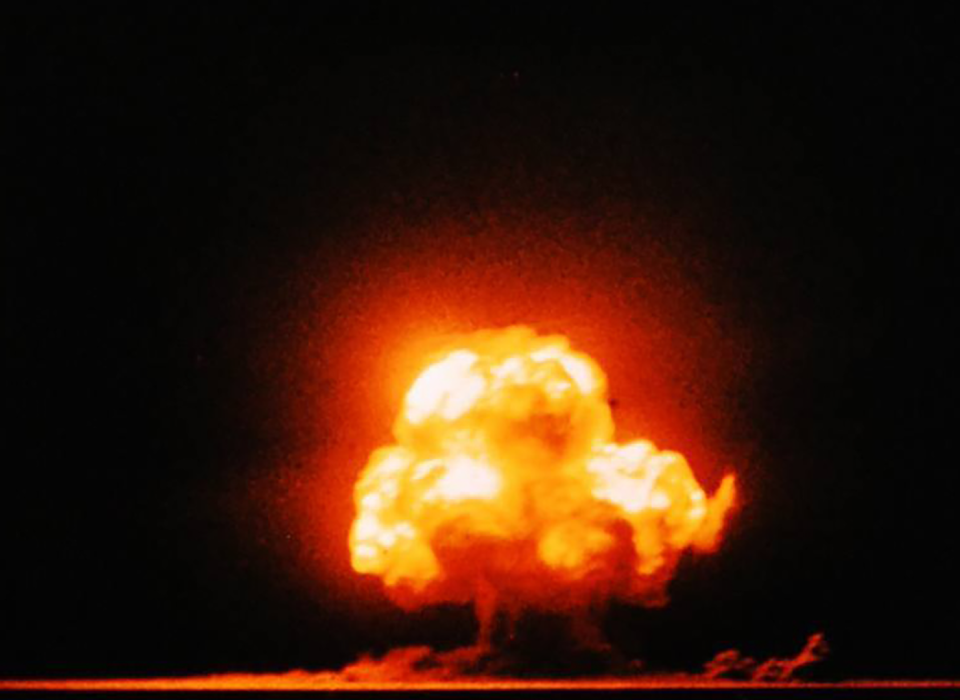

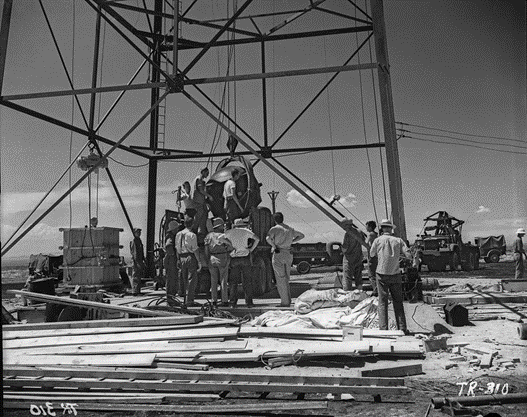
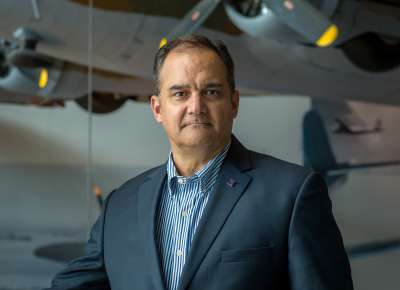

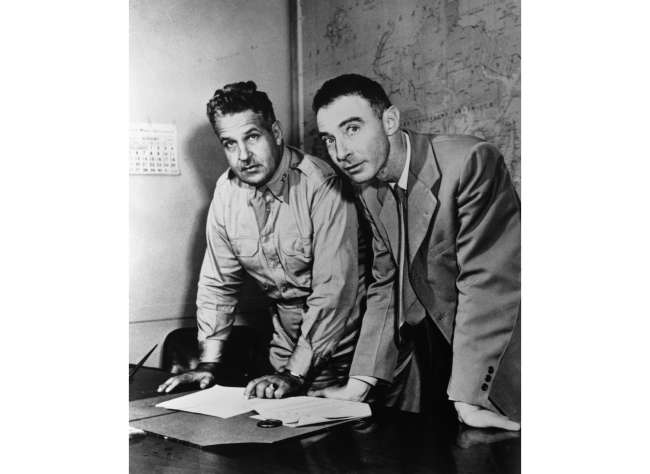
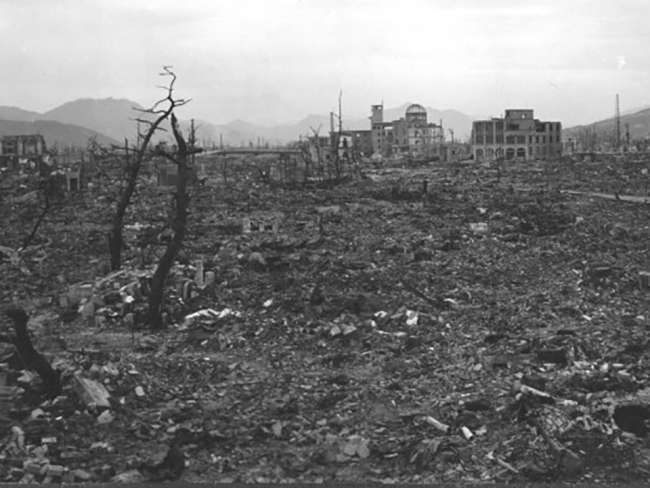




![Max Fuchs, New York City cantor, sings as Rabbi Sydney [sic] Lefkowitz, Richmond, VA, conducts the first Jewish services from Germany.](/sites/default/files/styles/max_650x650/public/2025-10/image1.jpg)


